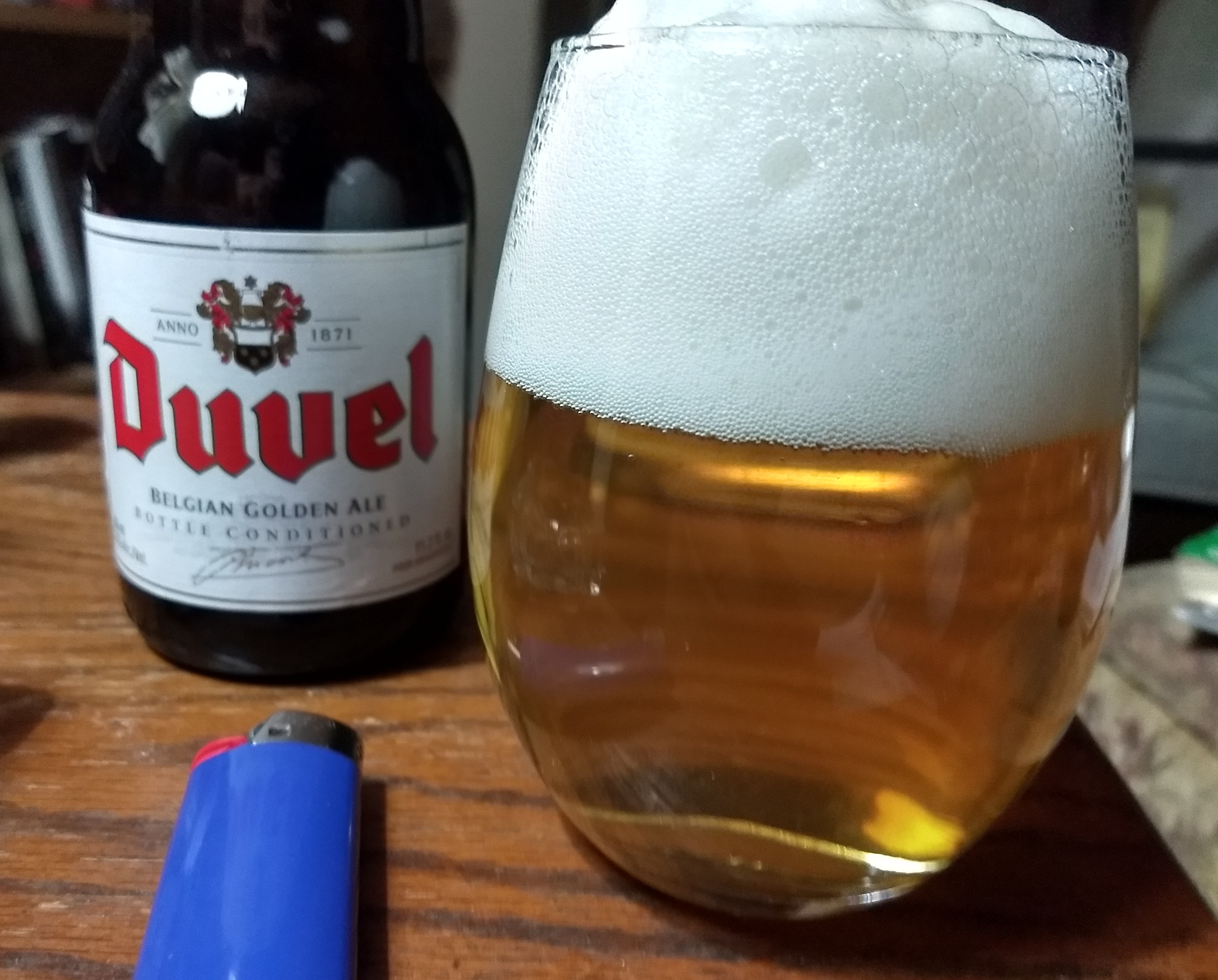Dave Sarber
Unindicted Co-conspirator
I like Belgian beers, and most of my brews are Belgian clones. The one that is driving me crazy is Duvel, more specifically the head on a Duvel. Large rocky head that does not dissipate, and lacing that does not slide back into the beer, but instead, dries on the sides of the glass. I have been very successful in duplicating the taste, less successful in duplicating the clarity, and an epic fail in duplicating the head. I don't want to use oats or wheat to improve the head, but lose the clarity. Anyone have any ideas?
















































![Craft A Brew - Safale S-04 Dry Yeast - Fermentis - English Ale Dry Yeast - For English and American Ales and Hard Apple Ciders - Ingredients for Home Brewing - Beer Making Supplies - [1 Pack]](https://m.media-amazon.com/images/I/41fVGNh6JfL._SL500_.jpg)












